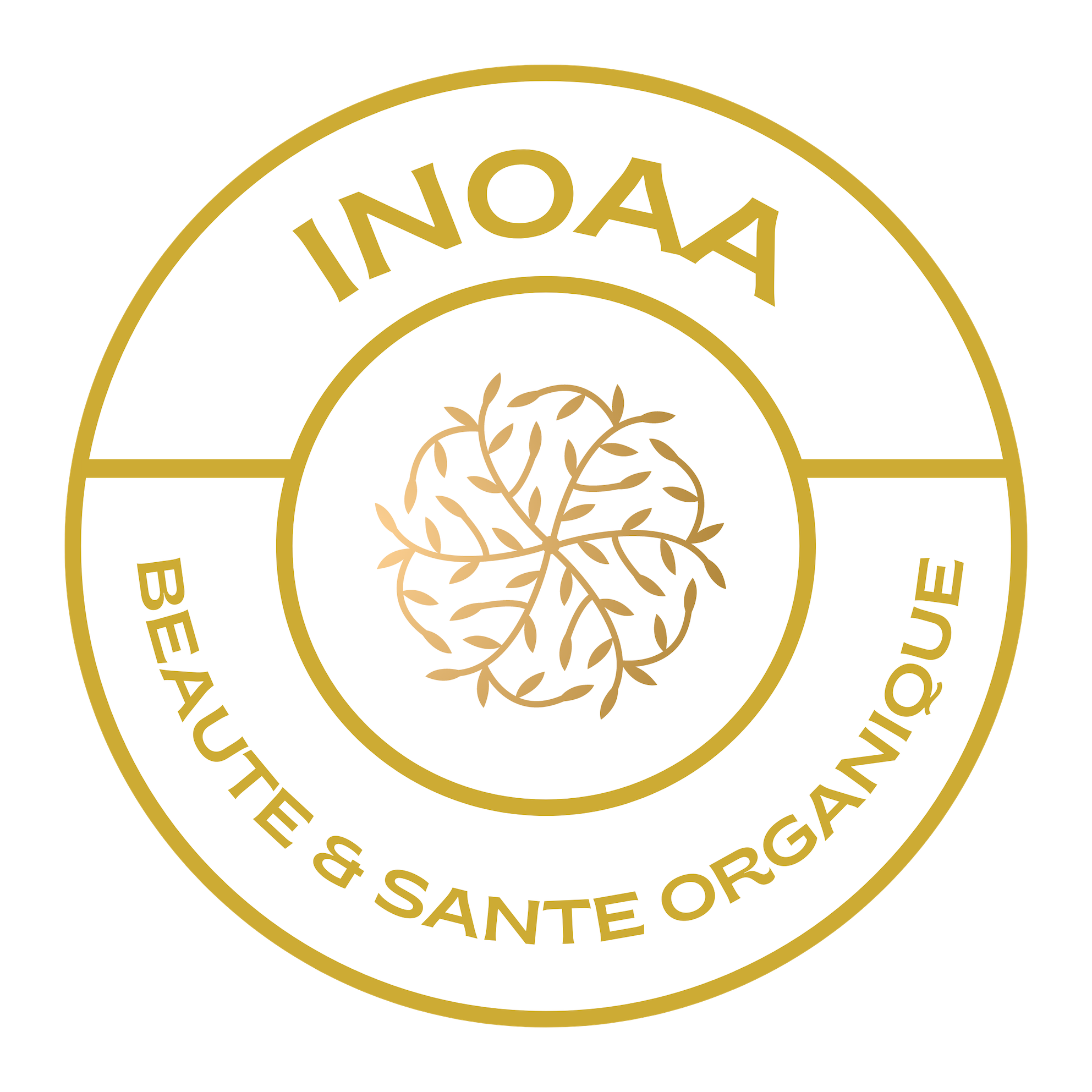INCI “Controversial / at risk” in the following categories:
Breath, Children's toothpaste, Adult toothpaste, Dental appliance cream, Adult toothbrush, Dental whitening and anti-staining, Solid toothpaste, Children's toothbrush
“Satisfactory” in all other categories.
Penalized in lip products
Penalized in loose makeup powders
Penalized in spray products
- Origin(s): Mineral
- Other languages : Colorante bianco (Diossido di titanio), Colorante blanco (Titanium dioxide), Corante branco (Dióxido de titanio), White Farbstoff (Titandioxid), White dye (Titanium dioxide)
- INCI name: IC 77891
- EINECS/ELINCS number: 236-675-5
- Food additive : E171
- Classification: Regulated , Mineral coloring
- Organic Compatible (COSMOS Reference)
TO KNOW
Titanium dioxide is a very abundant mineral on earth: it is in fact the 9th most abundant chemical element in the earth's crust. It can be used in cosmetics as a UV filter or as a white colorant. When it is a UV filter, it can be reduced in the form of nanoparticles: the CSSC approved the use of titanium dioxide in the form of nanoparticles in sun creams from 2014, in concentrations less than 25%. EC Regulation 2016/1143 of July 2016 freed the use of Titanium dioxide in this form in cosmetics. Titanium Dioxide reduced to the size of nanoparticles is authorized in Organic, and makes it possible to eliminate the unsightly whitish effect caused by this mineral filter when it is used in its micrometric state, that is to say in its original size. Please note, however, that the manufacturer is required to mention (NANO) or [NANO] next to the name of the ingredient in the INCI list, when this is the case.
In 2006, the International Agency for Research on Cancer (IARC) classified titanium dioxide TiO2 in the group of substances "possible carcinogens in humans" (group 2B): when inhaled regardless of the size of the Nano particle or not. In 2016, ANSES submitted to ECHA (European Chemicals Agency) a proposal for the classification of titanium dioxide as a carcinogen by inhalation (re-evaluation in category 1B).
As you have understood, the case of Titanium Dioxide, the only UV filter authorized in Bio with Zinc oxide, is very complex. However, we note that it mainly raises questions and controversies when it is inhaled/swallowed and/or is used in the nanoparticle state.
Restriction in Europe: IV/143
- The purity criteria must be those defined in Commission Directive 95/45/EC (E171)
- Titanium dioxide in powder form containing 1% or more of particles with an aerodynamic diameter ≤ 10 m, must be used in accordance with annex III, n°321 (below):
Extract from appendix III, n°321
(a) For facial products in loose powder form
(b) For aerosol hair products
(c) For other products
Maximum authorized concentration:
(a) 25%
(b) 1.4% for the general public and 1.1% for professional use
(a) (b) Only in pigment form
(c) Do not use in applications that may result in exposure of the end user's lungs through inhalation
- The purity criteria must be those defined in Commission Directive 95/45/EC (E171)
- Titanium dioxide in powder form containing 1% or more of particles with an aerodynamic diameter ≤ 10 m, must be used in accordance with annex III, n°321 (below):
Extract from appendix III, n°321
(a) For facial products in loose powder form
(b) For aerosol hair products
(c) For other products
Maximum authorized concentration:
(a) 25%
(b) 1.4% for the general public and 1.1% for professional use
(a) (b) Only in pigment form
(c) Do not use in applications that may result in exposure of the end user's lungs through inhalation
Its functions (INCI)
- Cosmetic coloring: Colors cosmetics and/or imparts color to the skin
This ingredient is present in 16.45% of cosmetics.





